Wyoming Tax FAQ
What is Wyoming’s tax structure?
Wyoming has one of the lowest tax burdens in the nation. In Wyoming, the extractive industries play a major role in generating revenues for state and local governments. In fact, it is estimated that minerals directly contribute roughly two-thirds of the State’s revenue.
How is property valued in Wyoming?
Because Wyoming does not impose an income tax, local governments largely rely on property tax collections. Over 60% of these revenues come from minerals production, and the majority of the revenues from property taxes are directed to Wyoming’s public schools.
Property is valued as it exists on January 1st of each year. Assessed values should go out no later than the 4th Monday in May, and the County Treasurer’s Office sends bills in September. Bills may be paid 50% due by November 10th and 50% due the next May 10th.
Wyoming assesses property for tax purposes as follows:
- Mineral production: 100% of fair market value
- Industrial property (utilities, pipelines, railroads and manufacturing): 11.5% of fair market value
- Residential real property, and commercial real and personal property: 9.5% of fair market value
- Agricultural lands: 9.5% of productivity value
What is the average tax burden of the average Wyoming citizen? How does Wyoming compare?
To see how Wyoming’s taxes compare to our neighboring states (includes Idaho, Montana, Colorado, South Dakota and Utah), visit our Publications page and click on “How Wyoming Taxes Compare Regionally.”
How do mill levies work? Who is responsible for assessing the mills?
For a complete understanding of mill levies in Wyoming, visit our Publications page and click on “Wyoming Property Taxation Report.” This annual county-by-county report details the assessed value and mill levies for all Wyoming taxing jurisdictions.
